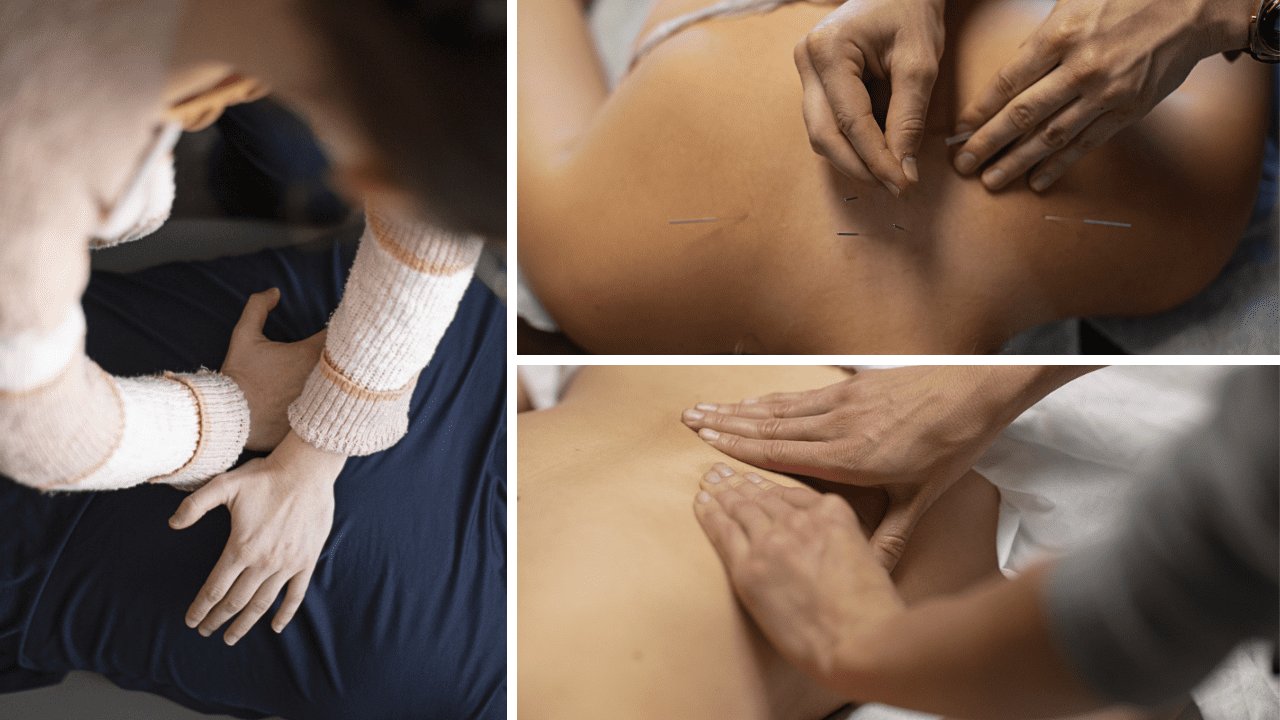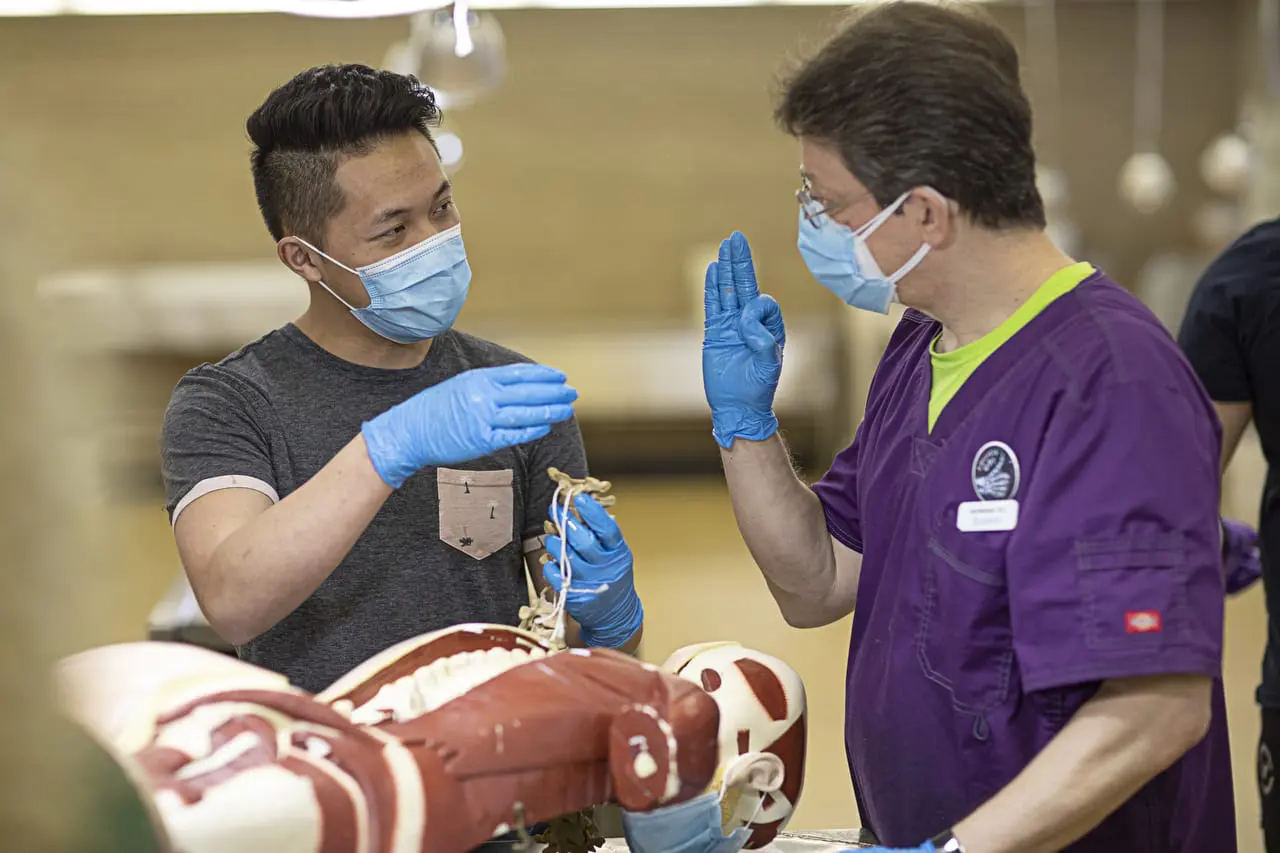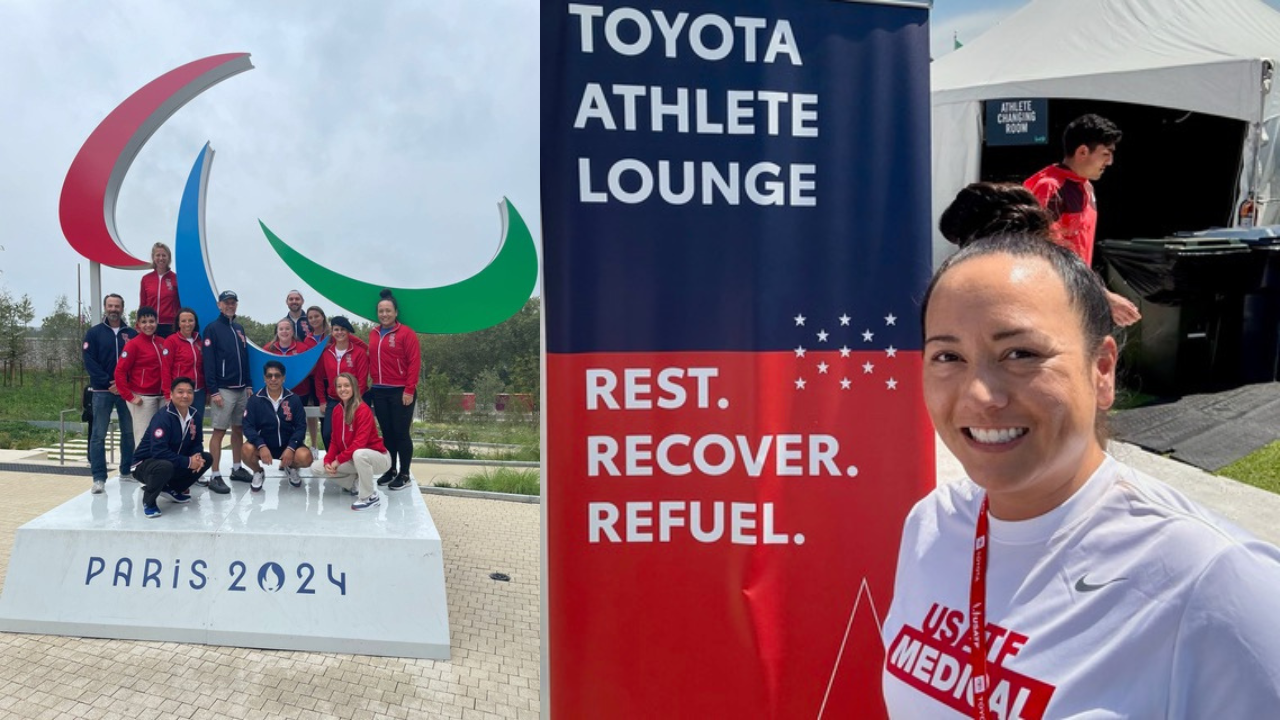CDC Recommends Chiropractic Care, Acupuncture, and Massage Therapy in New Opioid Guideline
Last week, the Center for Disease Control and Prevention (CDC) released an updated Clinical Practice Guideline for Prescribing Opioids for Pain. The guideline, intended to help clinicians provide pain management for adults, advocates for a patient-centered approach, including evidence-based nonpharmacologic interventions. Spinal manipulation and exercise interventions (common to chiropractic care), acupuncture, and massage therapy are specifically called out, giving important recognition to our professions at NWHSU.
The guideline recognizes that opioids can be necessary medications for pain. Meanwhile, it can carry a considerable risk and come without evidence of benefit with long-term use (great than 1 year). Contrastingly, it states “Noninvasive nonpharmacologic approaches to acute pain have the potential to improve pain and function. This is without risk for serious harms.”
The recommendation states:
Nonopioid therapies are at least as effective as opioids for many common types of acute pain. Clinicians should maximize use of nonpharmacologic and nonopioid pharmacologic therapies as appropriate for the specific condition and patient and only consider opioid therapy for acute pain if benefits are anticipated to outweigh risks to the patient.
Specifically, spinal manipulation is recognized for acute back pain with radiculopathy, acupressure for acute musculoskeletal pain, and massage therapy for postoperative pain.
The American College of Physicians (ACP) recommendation of superficial heat, massage, acupuncture or spinal manipulation for low back pain. The American Academy of Family Physicians (AAFP) suggestion that acupressure and transcutaneous electrical nerve stimulation reduce pain in acute musculoskeletal injuries is included as well. Furthermore, listed approaches for chronic pain included exercise therapy, weight management, manual therapy, acupuncture, myofascial release massage, yoga and tai chi.
Recognizing the Need for a Whole-Person Approach
Spinal manipulation, acupuncture, and massage therapy are called out as recommended nonpharmacologic options. The CDC is advocating for a patient-centered, whole-person approach (what we at NWHSU call integrative care). According to the guideline, the recommendations:
Should be considered in the context of the clinician-patient relationship built on shared understanding and a whole-person approach that considers such factors as the patient’s physical and psychological functioning, support needs, expected health outcomes and well-being, home environment, and home and work responsibilities.
Calling for Insurers and Health Systems to Remove Barriers to Access
The guideline also calls attention to the fact that, despite evidence and support for noninvasive nonpharmacologic therapies, significant barriers to access remain and must be addressed. Nonpharmacologic therapies are not always covered by insurance or offered in health systems. For example, cost and location become prohibitive for those who are uninsured, low income, or live in rural communities.
Experts from Opioid Workgroup (OWG) emphasize improving access to nonopioid pain management treatments as a priority:
Health insurers and health systems can contribute to improved pain management and reduced medication use. For instance, they can do this by increasing access to noninvasive nonpharmacologic therapies with evidence of effectiveness.
The CDC is recognizing the proven effectiveness of our fields. As a result they are calling on insurers and health systems to increase access to nonpharmacologic therapies. We will continue our work towards integrative, whole-person care. Specifically, through our educational programs, Institute for Integrative Care, and advocacy work.
Read more from NWHSU’s Center for Innovation and Policy:




